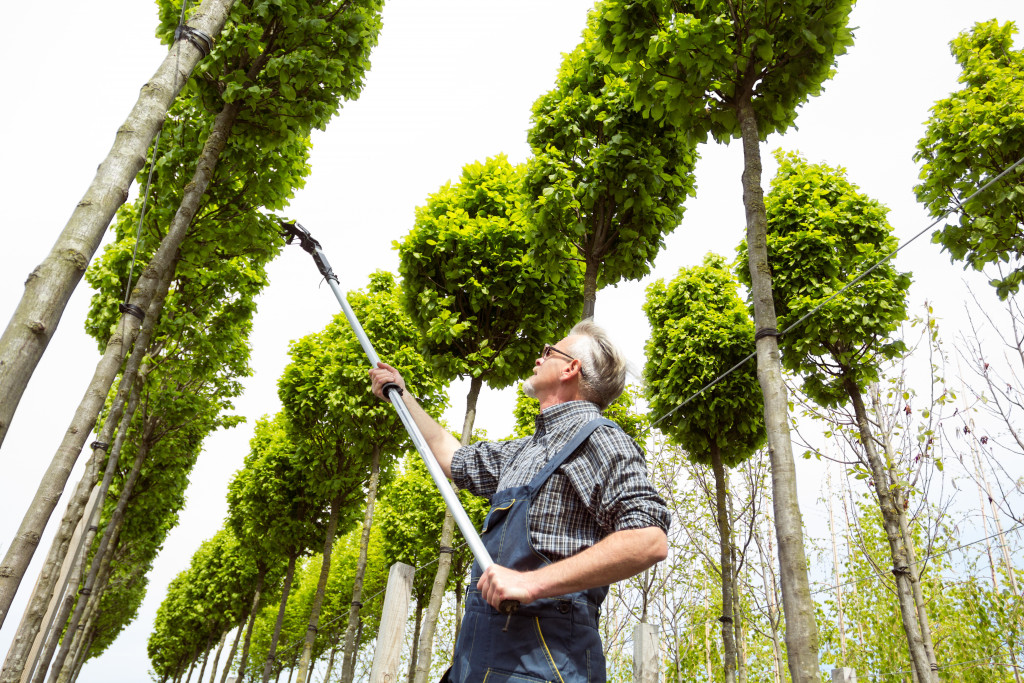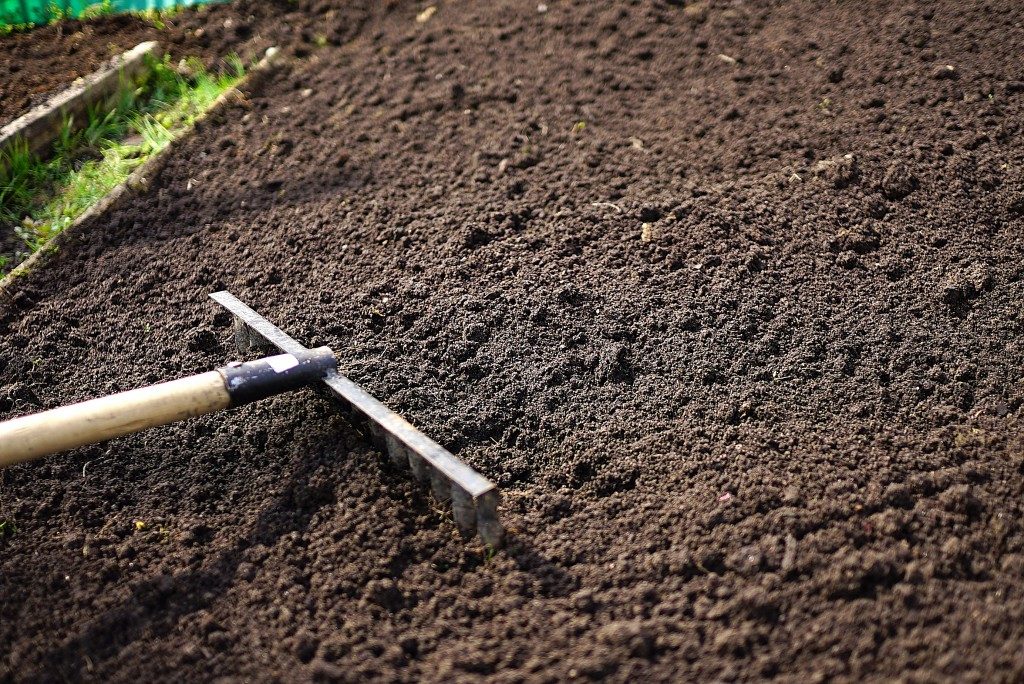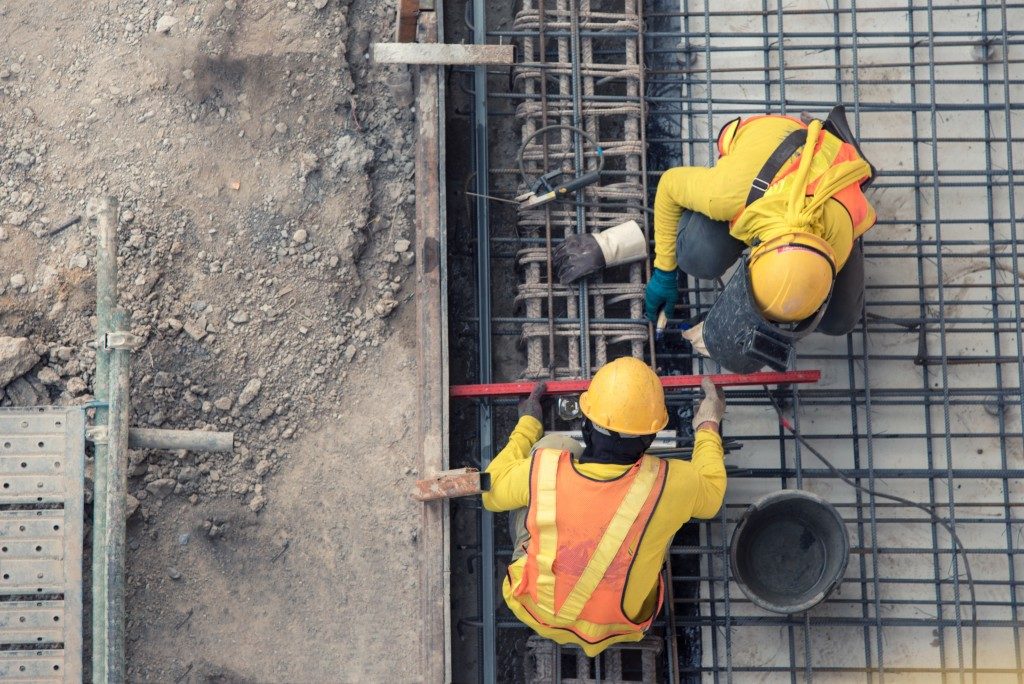The right tree in the right place can make all the difference in a lush and beautiful garden, so it’s important to know which ones will suit your needs before you plant them. There are many different kinds of trees out there that you can use, but they’re not all created equal. Here are some practical tips on how to select the perfect tree for any location!
1. Consider the climate.
Not all trees can thrive in every climate, so you’ll need to take your local conditions into account when selecting a tree. For example, if you live in a hot climate, you’ll want to choose a tree that is drought-tolerant. Some trees are also more suited for colder climates, while others do better in warmer areas.
2. Consider the size of the tree.

When selecting a tree, it’s important to consider how big it will get as it grows. Choose a tree that is the right size for the space you have available, and be sure to leave enough room for it to grow. A tree that is too big for the space can cause problems down the road, such as damaging your house or blocking the sun from other plants.
3. Consider the type of soil.
Not all trees grow well in all types of soil, so you’ll need to take into account the type of soil you have before selecting a tree. Some trees, such as maples, do well in acidic soil, while others, such as oaks, prefer more alkaline soil.
4. Consider the amount of sunlight.
Not all trees grow well in full sun or full shade, so you’ll need to take into account the amount of sunlight your garden gets before selecting a tree. For example, if your garden only gets partial sun, you’ll want to choose a tree that can tolerate partial shade.
5. Consider the type of maintenance the tree requires.
Some trees require more maintenance than others, so you’ll need to consider how much work you’re willing to put into taking care of them. For example, some trees need to be watered frequently, while others only need to be watered during times of drought. Some trees also need professional tree services to keep healthy, while others don’t require any at all.
6. Consider the type of fruit or flowers the tree produces.
Not all trees produce fruit or flowers, so you’ll need to consider this before selecting a tree. If you’re looking for a tree that will produce fruit, choose one that is compatible with the climate you live in. For example, citrus trees do well in warm climates, while apple trees do well in cold climates.
7. Consider the cost of the tree.
Not all trees are created equal in terms of price, so you’ll need to consider your budget when selecting a tree. Some trees are more expensive than others, and some may require more frequent maintenance, which can also add up over time.
8. Consider tree strength.
Some trees are more wind-resistant than others, so you’ll need to consider this when selecting a tree. For example, if you live in a windy area, you’ll want to choose a tree that is strong enough to withstand the gusts. Otherwise, you may be looking at severe damages to your home from falling branches.
9. Consider the type of landscape you want.
Not all trees are suited for all types of landscapes, so you’ll need to consider the type of landscape you want before selecting a tree. For example, if you want a Japanese garden, you’ll want to choose a tree that is native to Japan.
10. Ask an expert.
If you’re still unsure about which tree to choose, it’s always a good idea to consult an expert. They can help you select the perfect tree for your garden based on your needs and preferences. They may also provide you with advice on how to maintain your tree as it grows on your property.
When selecting a tree for your garden, it’s important to take into account a variety of factors, such as the climate, size of the tree, type of soil, amount of sunlight, type of maintenance the tree requires, type of fruit or flowers the tree produces, and cost of the tree. Some trees are better suited for certain climates than others, so it’s important to select a tree that will thrive in your area. Additionally, some trees require more maintenance than others, so you’ll need to decide if you’re willing to put in the extra work. By considering these things, you’re sure to find the perfect tree for your garden.


